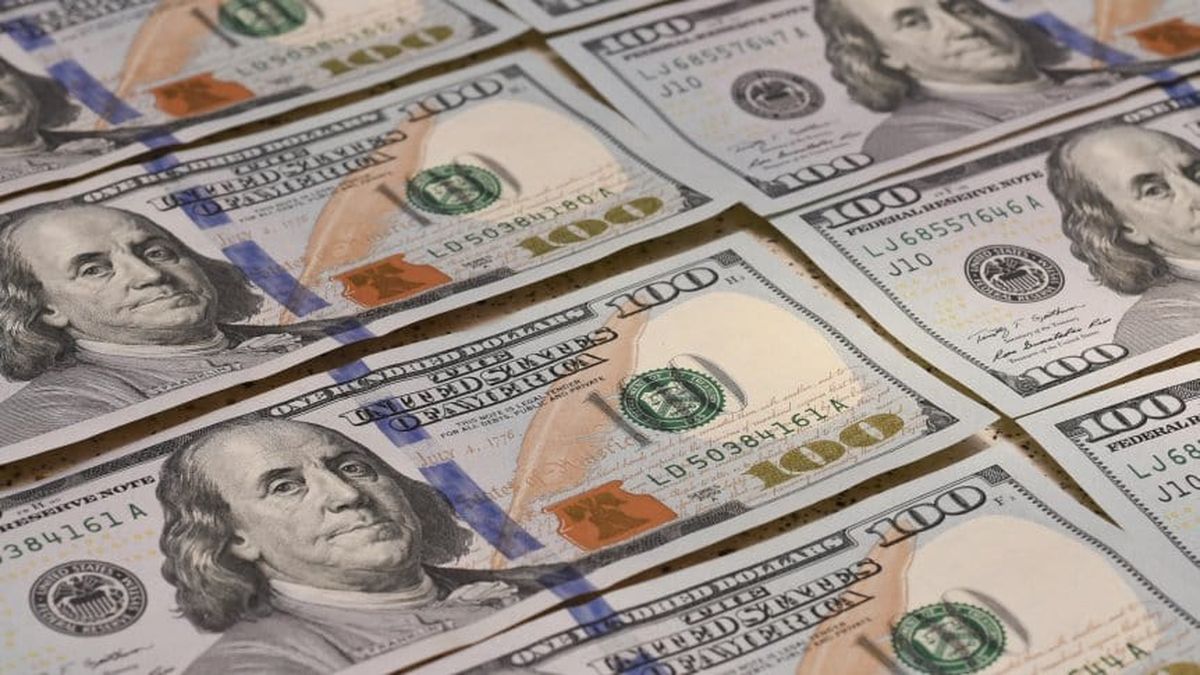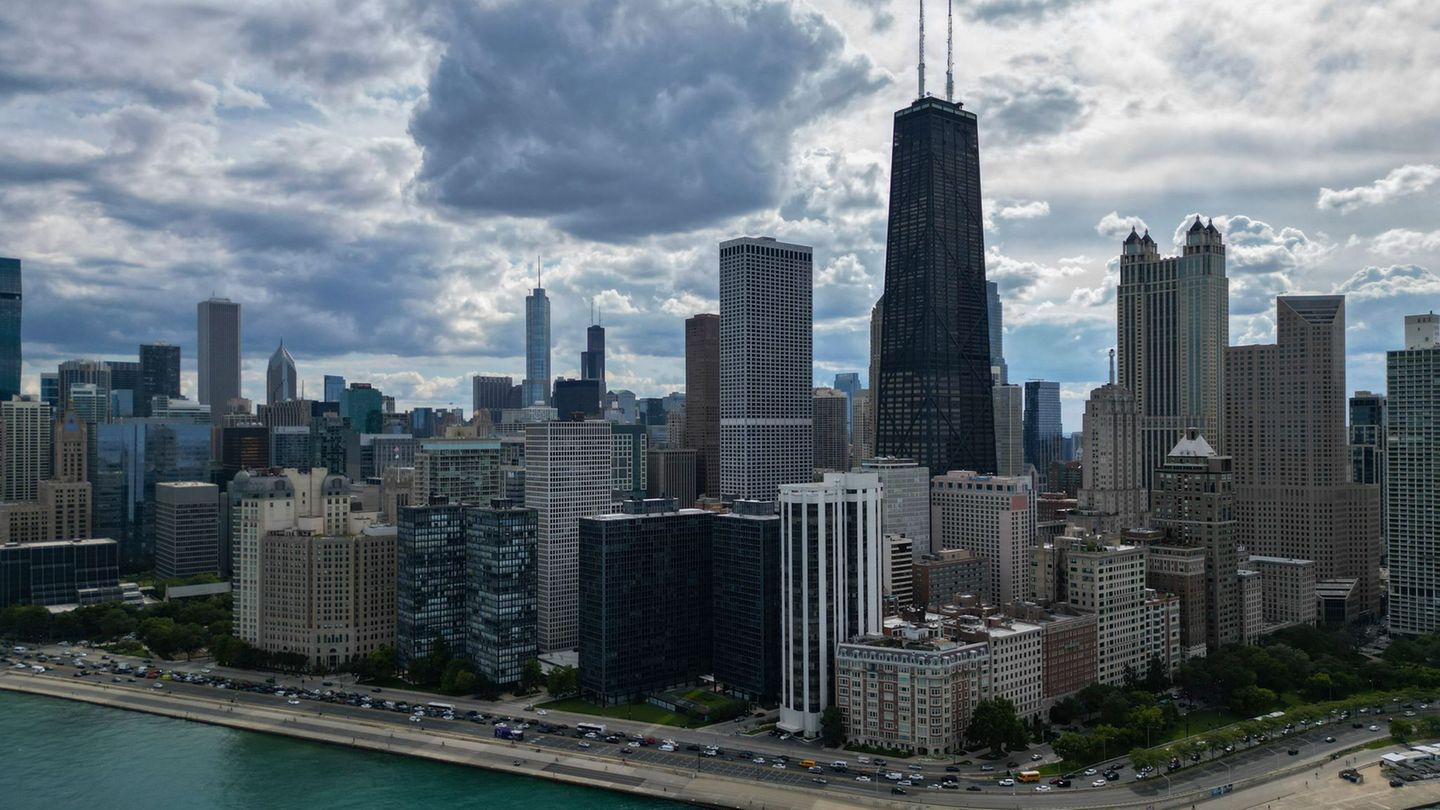For its part, the MEP fell 3% (- $ 6.15) to $ 197.10 in the week, despite bouncing 0.6% this Friday, which left a gap with the wholesaler of 94.1%.
The Investors await news about the meetings in Washington between representatives of the International Monetary Fund (IMF) and officials of the Ministry of Economy and the BCRA.
President Alberto Fernández said on Wednesday that the government is negotiating “to reach an agreement” since the country does not want to “leave the world or breach our obligations.” “Our proposal is not not to pay,” he said.
“At the exchange level, The operators continue to monitor not only the daily balances of the interventions – given the concern that the sales of reserves arouse – but also the acceleration of the slide which would seem to be validating the BCRA “, highlighted the economist Gustavo Ber.
He added that: “said process is combined with a contraction in financial dollars, possibly fueled by a greater supply in the face of seasonal commitments, which allows the ‘gap’ to be lowered a bit, even though it is still at high levels of 100%, and only an agreement with the IMF that improves confidence could contribute to a determined convergence, by combining this effect with an acceleration of the official devaluation “.
The blue dollar rose for the first time in the month, after falling almost $ 5 in three days, according to a survey of Ambit in the Black Market of Foreign Currency. Therefore, the gap with the wholesale exchange rate, which is regulated by the Central Bank (BCRA), it was located at 93.44%. In the week, it drops $ 4.
Conditioned by a higher demand for pesos, something common at this time of year, but also by the expectation of an agreement between Argentina and the IMF for the debt, the parallel dollar rose 50 cents and closed at $ 196.50.
On Thursday, he had registered the biggest daily drop in a month and the lowest price since October 25, when it closed at $ 194. This week it racked up a low of $ 4.50.
Thus, so far in December, the informal dollar registers a decline of $ 5. It should be remembered that in November the parallel dollar showed a rise of $ 4 (+ 2%), after climbing $ 11.50 (+ 6.2%) in October.
Official dollar
The wholesale dollar rose one cent to $ 101.55, under the strict regulation of the BCRA, after hitting an intraday maximum of $ 101.60 on Thursday, which increased 39 cents during the week, against an increase of 36 cents throughout the week pass.
The Central Bank validated this week the highest rate of adjustment of the wholesale exchange rate since the end of April, after its president, Miguel Pesce, said last week that the entity planned to adjust up the “crawling peg” as long as the inflationary process allowed it.
Within this framework, the monetary authority once again sold foreign currency to supply demand. In the four days of this short week, he had to part with $ 155 million.
In the retail segment, The dollar today rose 67 in the week to $ 107.30 (+4 cents) -without taxes-, according to the average of the main banks of the financial system. In turn, the retail value of the dollar at Banco Nación remained at $ 106.75.
The saving dollar or solidarity dollar -which includes 30% of the COUNTRY tax, and 35% on account of the Income Tax- increased by $ 1.10 to $ 177.05.
Source From: Ambito
David William is a talented author who has made a name for himself in the world of writing. He is a professional author who writes on a wide range of topics, from general interest to opinion news. David is currently working as a writer at 24 hours worlds where he brings his unique perspective and in-depth research to his articles, making them both informative and engaging.




